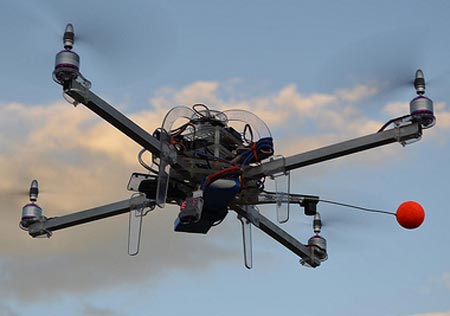it has been some time now that we have acknowledged that if we are to maximize the resources that we have access to we must go higher. Interestingly enough that was the rule of thumb for solar more then anything else. We all know that powering solar modules in space is a exponentially better and more effective way of harnessing the sun. This is due to the atmosphere and ozone layer. However even at the forefront of such magnanimous technological goals such as the space elevator , companies and technology is starting to interfere with each other setting a stage for a battle that will have profound implications on the future for green technologies.
, companies and technology is starting to interfere with each other setting a stage for a battle that will have profound implications on the future for green technologies.
How we got here:
With the budget for NASA squeezed, more and more (amazing) people like Sir Richard Branson, and Elon Musk creating space ventures to both extend human space travel as well as possibly assist in NASA missions as well, the private sector has undoubtedly realized the huge potential of space travel. As Jon Stewart rightfully asked Elon on his show recently, is a little weird that you have done what only 3 countries (China, Russia, An US) have successfully accomplished, and more importantly “were you visited at night by men in black glasses?”
ELON MUSK: “Lets put it this ay , you have to work your way up to Cape Canaveral.”
While I think most can understand the governments reluctance to allow multi stage rocketry to go unregulated this really became an issue with the California restaurants announced arial delivery vehicles known as Tacocopter. 
It was almost no time until the FAA began to see how the ability to easily adapt drones (which the government use almost excessively now) for everyday situation, like food delivery.
It can be argued that Tacocopter is indeed a green practice in its essence, by having less emissions be produced due less driving, that is still a theoretical difference. The decision by this company to test this technology stems from having less costs of delivery, and added media coverage like this article in the Huffington Post.
The stage is set, Here come the contestants:
While Tacocopter is a generally small FAA issue to deal since the tacocopter is only a threat to people and homes in a critical situation. RC hobbyist and drone developers have long found comfortable existence between the strict rules associated with low level unmanned flight. As a youth i had built and flown RC airplanes with small .60 cc engines that was a lot of fun, and a great scientific education of flight. The rules to these hobbies and business’s has always been about the “time and the place”. What has created a major rift between FAA regulations and the new technology coming out can be best reflected with the tethering technology which has allowed turbines to bring electricity to remote areas, as well as maximize electrical output of domestic turbines.
New Players such as Altaeros Energies, which are testing higher altitude blimp turbines. These turbines are exceptionally efficient compared to the same turbine hoisted on a pole. The FAA has begun to post regulation on the topic, but its clear that this is just the beginning.
As one whimsical response to the video made notice that “a boy with a BB gun” can make things go very wrong with a product like this. While this is not at all the major barrier to adoption here, birds, aircraft (especially at night), and other aviation vehicles that are coming to market now.
Tethering equipment to haness greater electricity is with out a doubt a product we will see in the future being used by the military Not for Profits, and the like to bring electricity with them where ever they go, but how will we all learn to coincide in mutual airspace without creating a national security concern remains to be seen.

